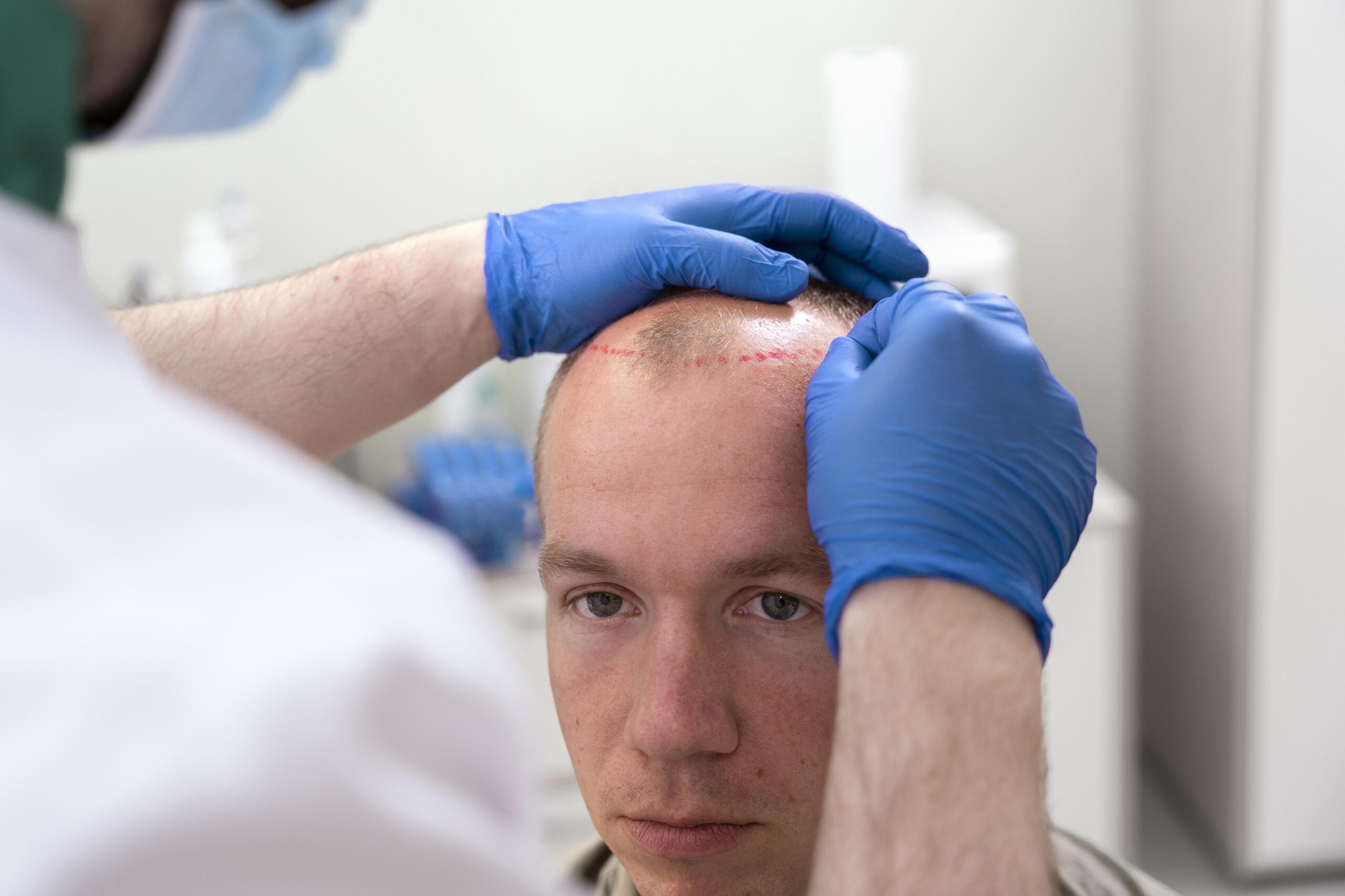Hair transplantation is an aesthetic and medical procedure developed for people suffering from hair loss or baldness problems. Usually, healthy hair follicles on the back of the head are transplanted to areas with thinning or baldness. This process promotes permanent and natural-looking hair growth. Today, hair transplantation has become a very effective and reliable solution with the development of technology and medical methods.
Hair Transplantation Methods
Hair transplantation is basically performed using two popular methods: FUT (Follicular Unit Transplantation) and FUE (Follicular Unit Extraction).
FUT (Follicular Unit Transplantation)
The FUT method is a more traditional method, often known as the “lane method”. In this procedure, a strip of scalp is removed from the back of the head. The taken strip is separated into individual hair follicles using microscopic methods. Then, these follicles are transplanted to areas with baldness. The biggest disadvantage of the FUT method is that it leaves a permanent scar in the removed area.
FUE (Follicular Unit Extraction)
The FUE method is a more modern and preferred technique. In this procedure, individual hair follicles are taken directly from the back of the head using a special tool and transferred to the bald areas. FUE leaves fewer scars than FUT and the recovery time is shorter.
Hair Transplantation Process
The hair transplantation process begins with counseling. At this stage, the patient's hair density, causes of hair loss and expectations are evaluated. Ideal candidates are people whose hair loss is stable and who have sufficient donor hair follicles.
1. Preparation
Before hair transplantation, a haircut is made. For the FUE method, the hair is completely shortened, while in the FUT method, only the donor area is shortened.
2. Anesthesia
The procedure is performed under local anesthesia. In this way, the patient does not feel any pain or discomfort.
3. Removing Hair Follicles
In the FUT method, a strip of skin is taken from the donor area. In the FUE method, individual hair follicles are removed with special tools.
4. Transplantation of Hair Follicles
The collected hair follicles are transplanted to the predetermined area. Meanwhile, care is taken to place the hair in accordance with its natural growth direction.
5. Recovery
After hair transplantation, small crusts and slight swelling may occur. This subsides within a few days. Transplanted hair may fall out within the first few weeks; However, this is a normal process and does not prevent new hair from growing.
Care After Hair Transplantation
After hair transplantation, special shampoos and lotions can be used. Additionally, sun exposure and heavy physical activities should be avoided for the first few days.



